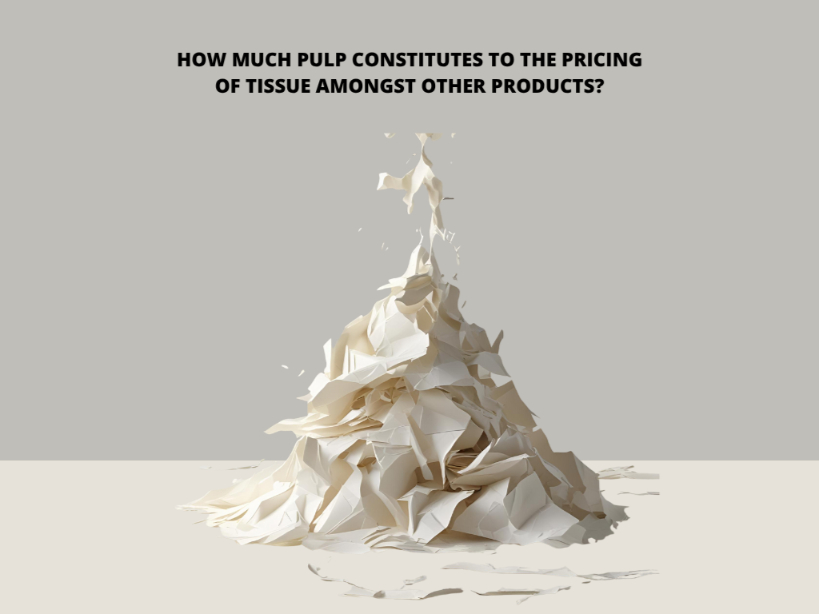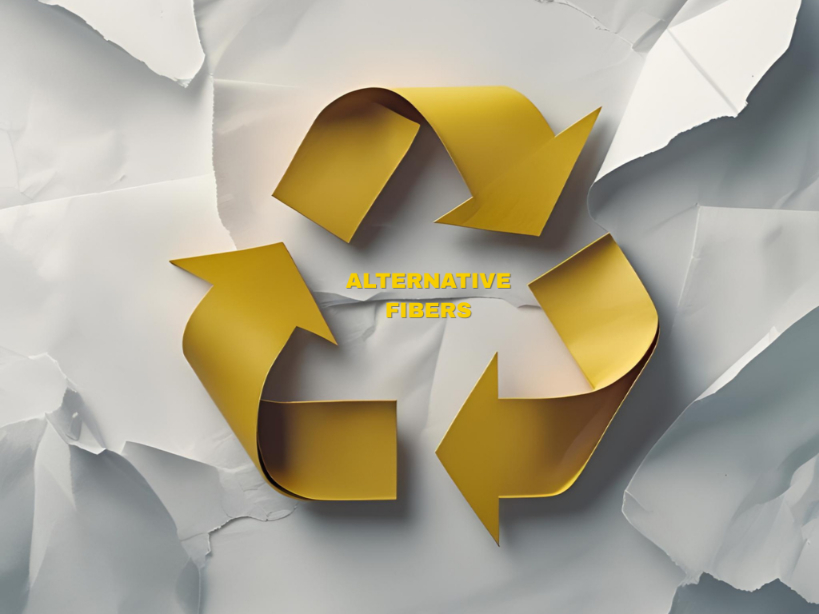South Korea’s Tissue Industry: A Net Importer With Growth Potential
This content is being republished with the consent of Fisher International and ResourceWise. Read more about Tissue Market at ResourceWise. June 23’23
Step right up, tissue enthusiasts! We’re taking you on a wild journey into the fascinating world of South Korea’s tissue industry. Brace yourselves for a whirlwind of insights, a touch of wit, and a whole lot of tissue trivia. So, grab your favorite roll of tissue, sit back, and let’s dive right in!
South Korea: Where Imports Trump Exports
In the bustling landscape of South Korea’s industrial might, the tissue sector stands out as a rare exception – it’s a net importer. While this might seem puzzling at first, the country’s stable economy, coupled with less impact from unemployment and inflation compared to its peers, paves the way for promising consumption growth. As a result, tissue producers are now focusing on enhancing their technical capabilities rather than expanding their operations.
The Eco-Friendly Revolution
Picture this: South Korea, an industrial powerhouse, riding the wave of eco-consciousness. The pulp and paper market in this vibrant nation is expected to experience a growth spurt, thanks to the increasing consumer awareness of eco-friendly products and packaging. It’s the era of sustainability, and South Korea is not one to be left behind. Prepare to witness a tissue revolution that not only keeps your nose happy but also Mother Earth.
Weathering Storms: Impact on Production
Ah, the infamous year 2020 – a time of unforeseen challenges. South Korea, like the rest of the world, faced its fair share of setbacks due to COVID-19 closures and the Ukraine war. But worry not, resilient souls! The economy showed its resilience, bouncing back with a 4.15% growth in 2021 after a minor contraction. The population, although experiencing a slight dip during the pandemic, continues to grow due to net positive migration. Brace yourselves for a greying population and a shift towards a more developed-country demographic.

©[2023] Fisher International (ResourceWise). All rights reserved.
Unemployment and Inflation: The Dynamic Duo
Inflation and unemployment are the notorious duo that can put a damper on consumer and commercial tissue consumption expansion. But here’s where the plot thickens: South Korea seems to have emerged as a superhero among developed economies. While inflation and unemployment rates fluctuated globally, South Korea managed to keep them relatively in check. That’s right, folks, less obstruction means more room for tissue consumption growth. It’s a win for tissue enthusiasts!
Import vs. Export Showdown
Cue the drumroll, please! It’s time to unravel the tale of tissue imports and exports. Brace yourselves for surprising revelations! South Korea, as a net importer of tissue, relies on a diverse range of suppliers. Indonesia takes the crown as the largest tissue supplier to South Korea, with its exports surging during the pandemic-induced mill closures. But let’s not forget the tissue export side of the story, where South Korea’s customer base showcases more diversity than its import suppliers. It’s a dance of give and take in the tissue trade!
Tissue Machines: The Pulsating Heartbeat
Behold the magnificent tissue machines, the backbone of South Korea’s tissue production. While the number of machines operating remains relatively stable, the focus has shifted from expanding capacity to fine-tuning technical capabilities. South Korea’s tissue producers, with their keen eye on efficiency, are embracing process debottlenecking and optimizing existing machines. Slow and steady wins the race, dear tissue aficionados!
The Green Fiber Crusaders
In the land of tissue, sustainable sourcing takes center stage. Recovered fiber from recycled waste reigns supreme as the primary source of tissue fiber for South Korea. Every tissue mill site proudly boasts on-site fiber recovery and deinking, reducing production costs and environmental risks. Eucalyptus and southern softwood pulp also make an appearance, albeit in smaller quantities. The mantra here is clear: South Korea embraces the power of recycling and waste reduction, leading the way toward a greener and cleaner tissue industry.
The Tissue Tapestry: Consumer Preferences Unveiled
Let’s take a peek at the intricate tapestry of finished tissue products in South Korea. Ah, the consumer bath tissue, reigning supreme as the king of tissue production. It dominates the scene, with commercial napkins and bath tissue following closely behind. But what about facial tissues and towels, you ask? Fear not, for they hold their own in the hearts of consumers. Surprisingly, paper towels seem to take a backseat in the realm of handwashing, where cloth roll towels and electric hand dryers steal the spotlight. The choices we make in the bathroom can truly shape an industry!
South Korea Finished Tissue Products

©[2023] Fisher International (ResourceWise). All rights reserved.
The Cost and Viability Juggle
It’s time for the ultimate juggling act – cost and viability. South Korea, amidst its tissue production journey, finds itself in a thrilling dance of costs and risks. With moderate cash costs, it holds its ground alongside Indonesia and Malaysia, all while keeping a watchful eye on low-cost producer Indonesia. Labor costs may pose a challenge in Australia, Canada, and the United States, but South Korea’s determination remains unshaken. It’s a delicate balancing act!
And there you have it, dear readers – a whirlwind tour of South Korea’s tissue industry. From its unique position as a net importer to its dance with sustainability and the challenges it faces along the way, the tissue industry in South Korea is a captivating tale of resilience, adaptability, and environmental consciousness. As the industry evolves, new players emerge, and consumer preferences shape the narrative, one thing is clear: the tissue industry is here to stay, keeping us clean, comfortable, and environmentally aware, one tissue sheet at a time.


